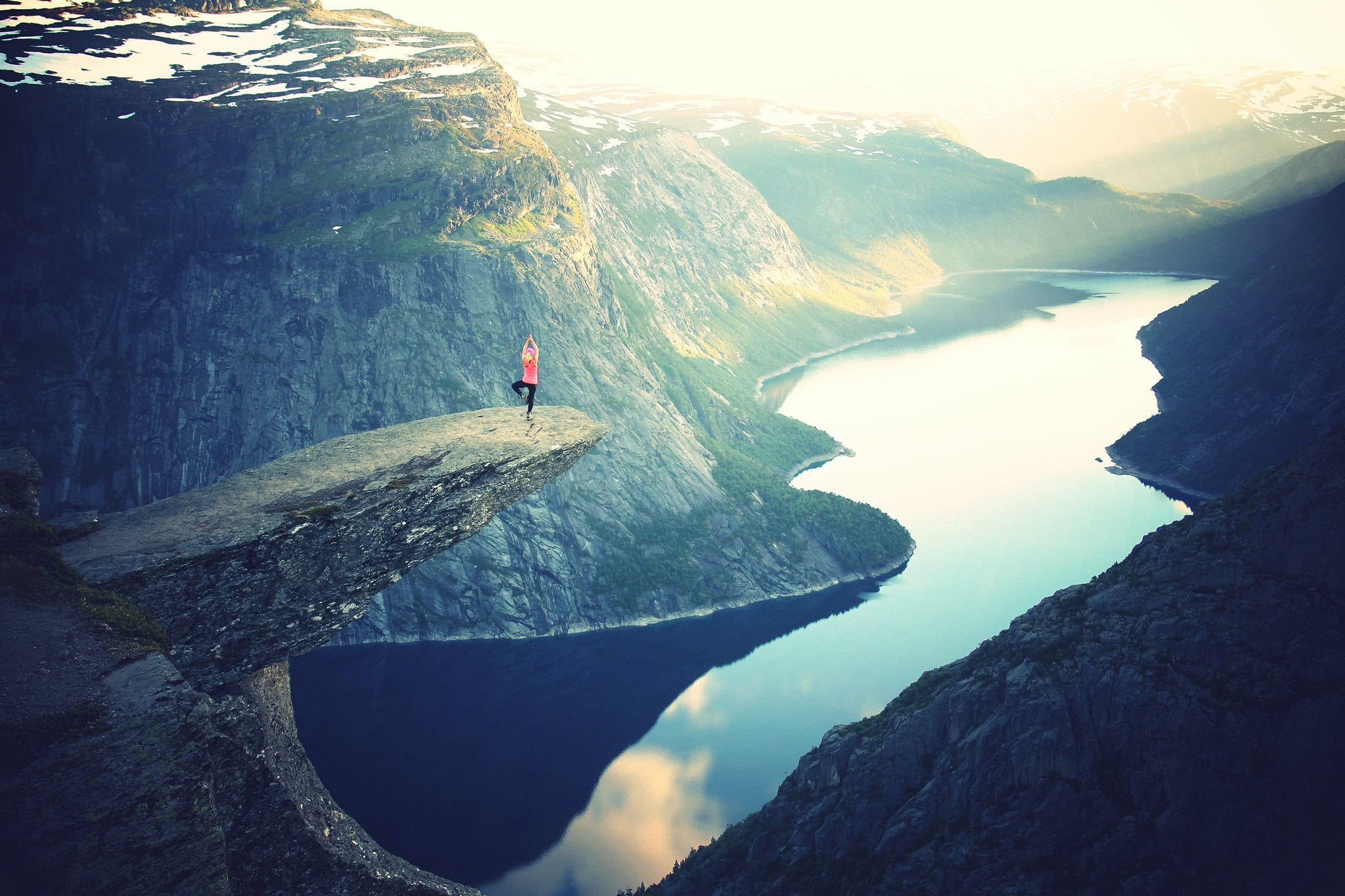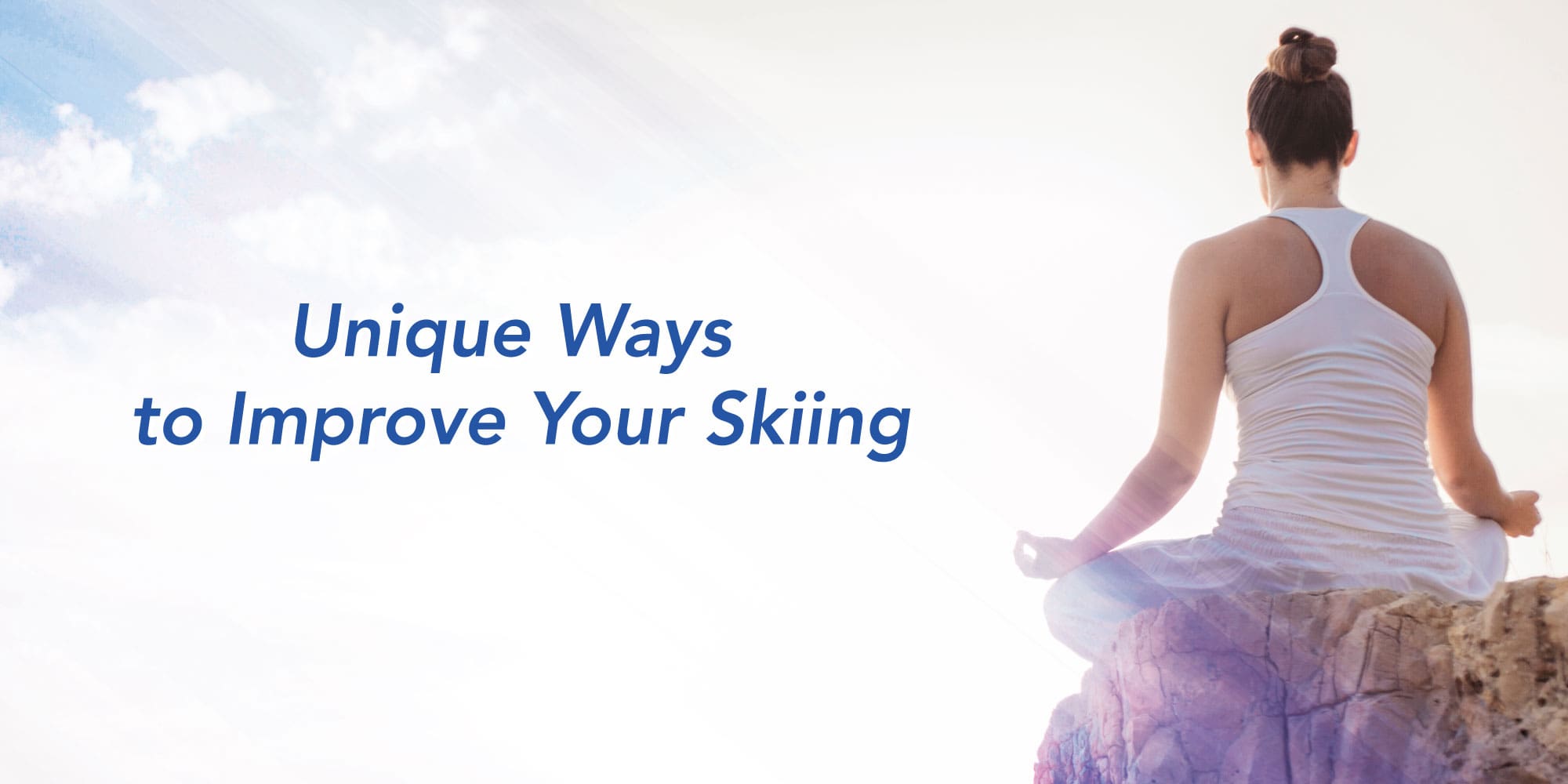
Unique Ways to Improve Your Skiing

Many think the only way to improve your skiing technique is to either do some lessons or just do more skiing.
While both are valuable pieces of advice, there’s a variety of other ways to become a better skier.
Some of these have fairly unexpected crossovers with skiing, but could definitely help boost and maintain some core elements of your technique. It’s definitely worth a try!
So, without further ado, here are some unique ways to improve your skiing:
Skate Before You Ski
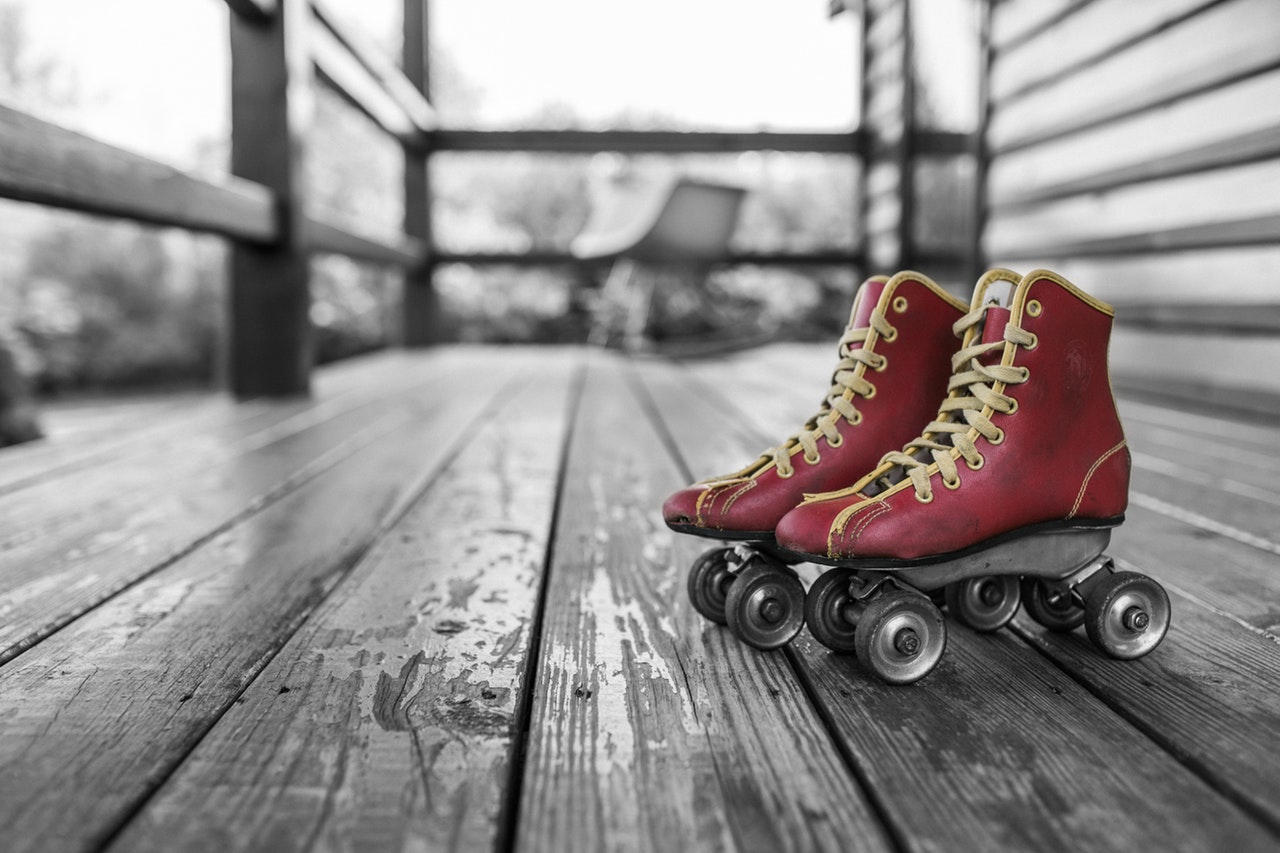
We don’t want this to get too weird too quickly, so we’ll start with one where the parallel might be a little easier to see.
A key ingredient to good skiing is maintaining good form and posture. In fact, it’s said to be more difficult doing this while skating, ice skating and rollerblading.
With that in mind, perfecting your form and posture for an activity more demanding in those areas will put you in a much better position when it comes to skiing.
Your skateboard or roller-blades are smaller surfaces to maintain your balance on compared to skis, therefore requiring more skill.
If you can master the literal balancing act on a pair of roller-blades or ice skates, a pair of skis should feel like a walk in the park.
Be One With Your Body
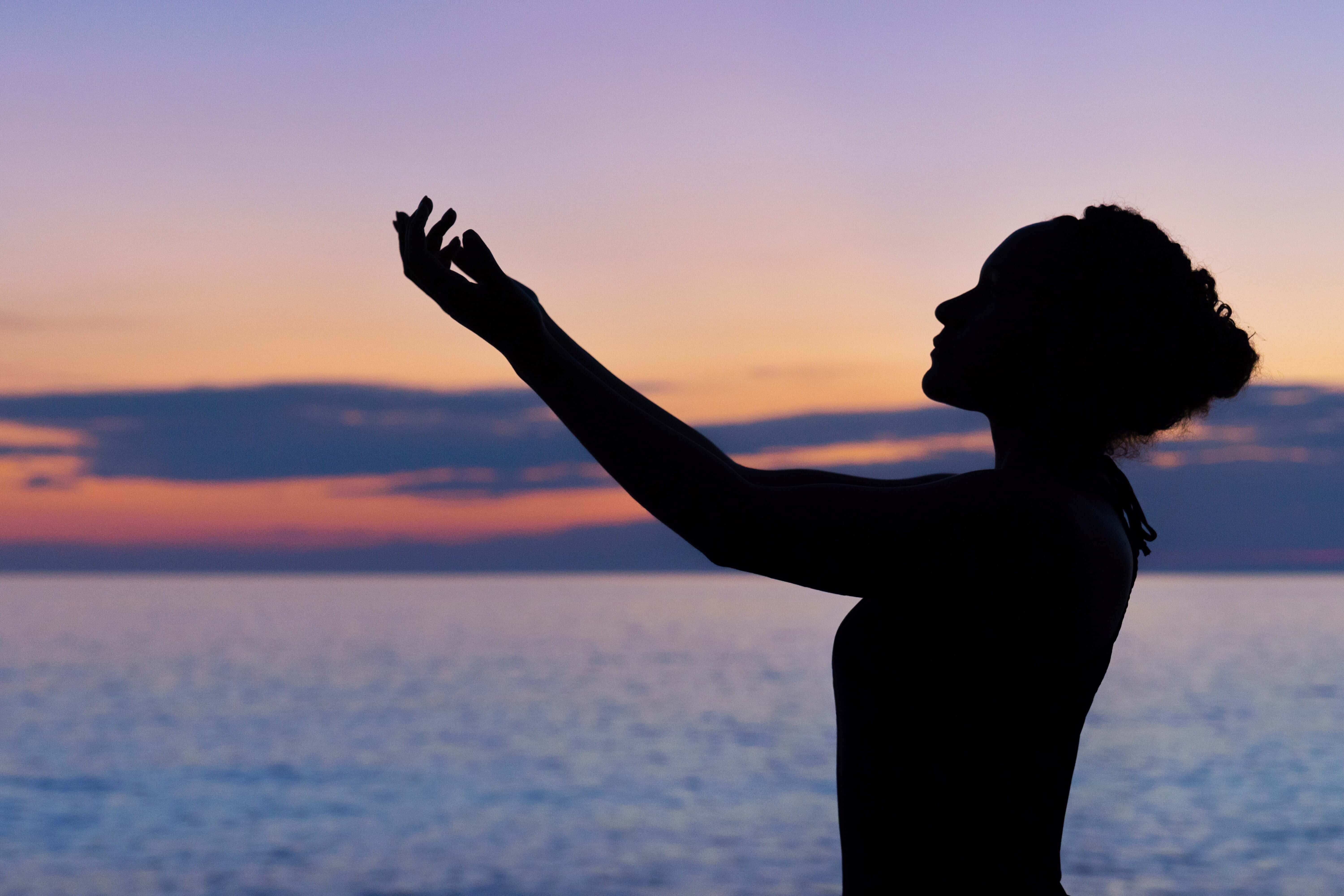 Yoga has a multitude of positive effects on both your body and your mind. These effects can also transfer to your skiing technique.
Yoga has a multitude of positive effects on both your body and your mind. These effects can also transfer to your skiing technique.
Yoga can help you in 5 key areas, which we’d also consider useful for skiing:
- Core
- Balance
- Coordination
- Flexibility
- Focus
A strong core is crucial to good skiing technique, and it’s also a key focus for yoga. A lot of yoga positions, such as plank and boat poses, will target your core and help when keeping it engaged as you ski.
Balance is important for maintaining form, and not having to do the walk of shame back up the slope too many times in a row.
A well-coordinated skier tends to be a great skier. Having your body moving in sync with itself will put you in a greater position when manoeuvring through the slopes.
Flexibility has clear advantages to skiing – the more flexible you are, the better your body will react to the terrain. You’ll also have an edge when it comes to freestyle skiing.
Focus is the final necessity to good skiing. Maintaining your focus in order to keep good form and react effectively for long periods of time is a crucial skill to have.
So grab yourself a yoga mat and get into position, envisioning yourself going down the slopes at rapid speeds. You can even do this when you’re already atop the Alps.
You may also like: How to Service Your Skis – End of Season Ski Maintenance
Dance Through the Slopes
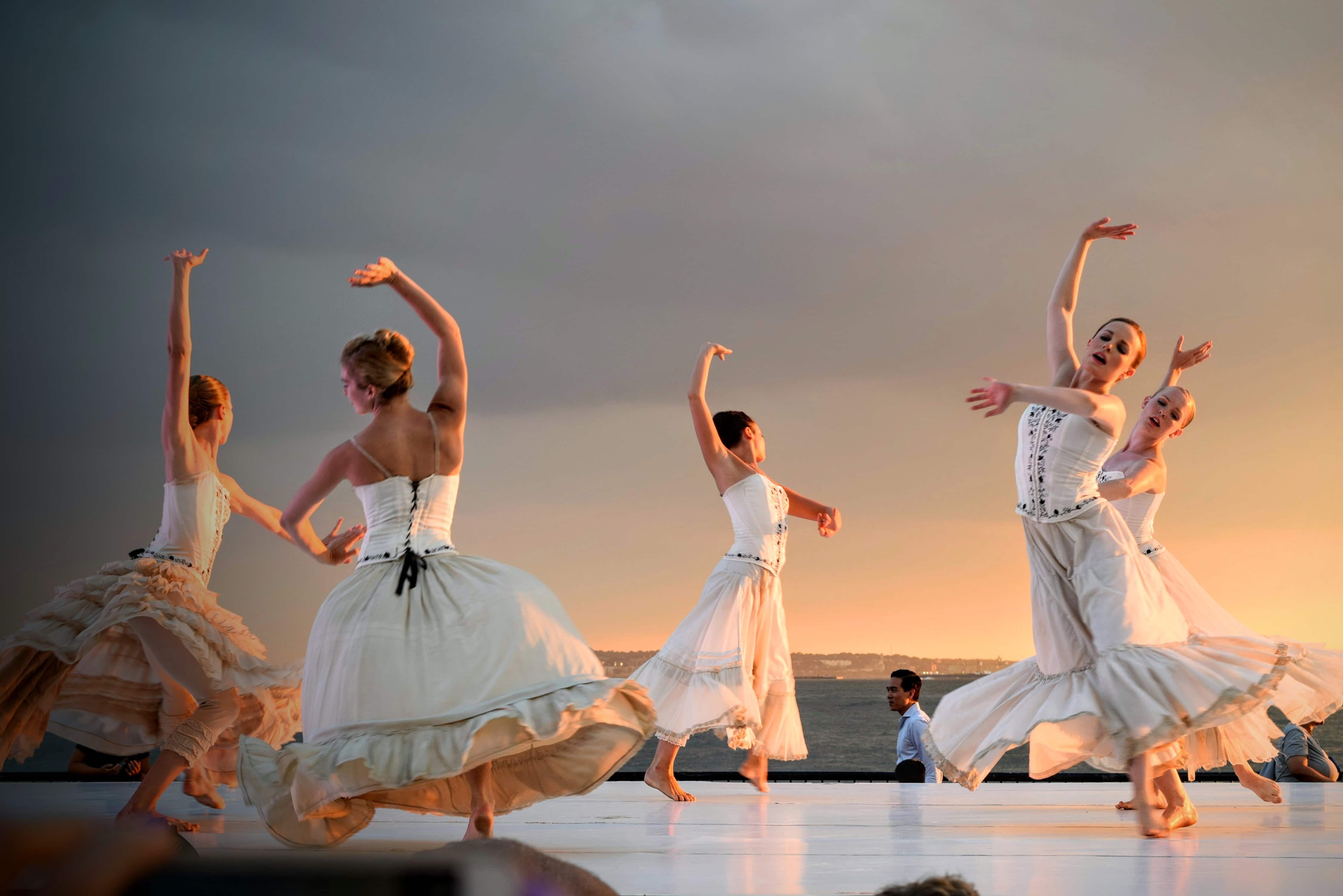 Like yoga, dancing has the potential to cultivate a lot of transferable skills to skiing. Unlike yoga, however, it isn’t as clear how this is possible.
Like yoga, dancing has the potential to cultivate a lot of transferable skills to skiing. Unlike yoga, however, it isn’t as clear how this is possible.
Dancing can help develop a variety of key areas in a similar fashion to yoga, including balance, coordination, flexibility and focus.
You tend to use your entire body when dancing – you maintain balance and coordination to keep everything moving in sync and in rhythm, and in turn this helps develop your focus.
The entire act itself has a physical effect on your body due to the movements, making you more flexible.
If you’re a keen dancer, you may have a unique and impressive edge over other skiers through these key transferable skills.
Your Skis Are Like Your Horse
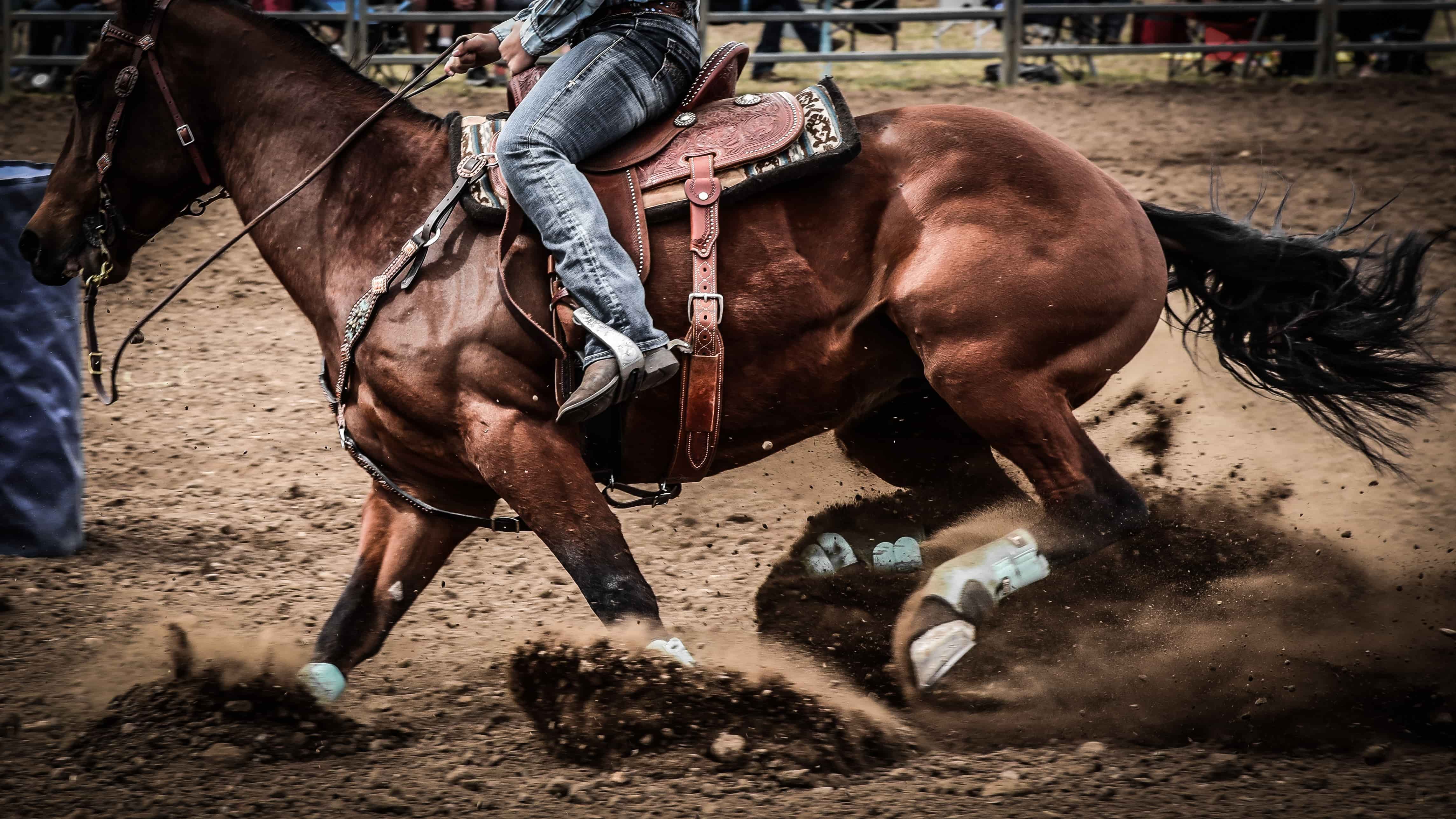 You’d be forgiven for thinking you misread the next sentence.
You’d be forgiven for thinking you misread the next sentence.
Horse riding can help improve your technique and turn you into a better skier.
While there are transferable skills similar to the others listed here (balance, coordination, and so on), there’s another very important parallel to consider.
When horse riding, you don’t view your horse as your “equipment” – instead, you view the horse as your companion, or partner.
While the physical act of horse-riding has parallel qualities to good skiing – good form, coordination, focus etc. – the more important parallel you should look to create is the relationship between you and your ‘equipment’.
Just because your ski equipment can be stored away until it needs to be used again doesn’t necessarily make it disposable. Instead of treating your equipment as such (as something which can be replaced if broken or damaged) you should look to treat it as a companion to your skiing.
In the same way a rider has to be in sync with their horse to ensure a successful jump, a skier needs to use their skis and poles in rhythm with each other, as well as in relation to their own bodies.
Your skis are the final piece to your repertoire after establishing all other aspects; learning to work with them and feel your way through the slopes is a crucial part of skiing.
So What’s Next?
Well, now you know how to develop a unique and significant edge to your skiing prowess, it’s time to throw yourself into the activities listed above.
Once you’ve developed your key skill areas, it’ll be time to showcase your new talents on the slopes.
So get stuck into some skating/yoga/dancing/horse-riding and book your transfer to the Alps, where you can show off your newfound talent (and boast about having had no ski lessons).

